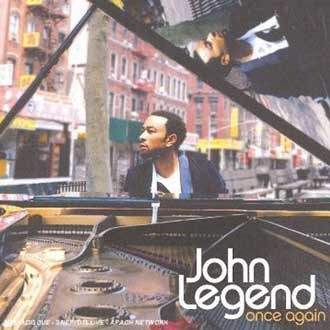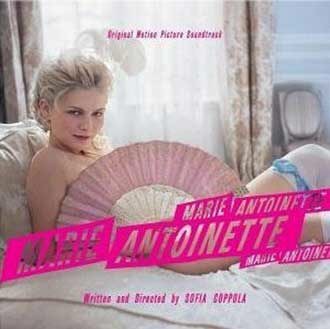| Once Again John Legend (Sony) |
There’s a sensual cool to almost every lyric, and in every pause it’s like Legend is breathing sex at you; like Marvin Gaye, like Stevie Wonder, it seems Legend wants to inspire over-population by getting his listeners to unwittingly strip every time they toss on his CD. In fact, he channels Gaye on “Each Day Gets Better,” nails the ballad “PDA,” complete with its Vince Guaraldi piano, and even uses crunch guitars à la Hendrix on “Show Me,” on which he sings with a falsetto that might make you think of Jeff Buckley. Legend even shows an expanding knack for songwriting with such lyrics as, “Her favorite color be platinum and gold / She only loves in stereo.”
Yet, despite all this, something is missing that Legend only touches upon briefly on “Coming Home,” about a solider pining for home in the midst of a war. It’s a shame that an artist who became so politically outspoken during the Katrina disaster — and much more eloquently than his mentor West — wasn’t able to make more room for tracks that inspire more than sex. That’s a lesson he still has to learn from Gaye.
— Cole Haddon
| Marie Antoinette Soundtrack Various Artists (Verve Forecast) |
This has always worked for Coppola, however, because her films are usually as rarefied as her exquisite taste in music. As with the work of Wes Anderson, you can imagine her writing whole scenes around specific songs. And it’s the same with Marie Antoinette, her modified retelling of the 18th-century French monarch’s opulent, highfalutin’ antics-filled reign.
The two-disc set reaches back to 1980s new-romantic and synth-pop, scenes that shared the French nobility’s penchant for puffy shirts and frock wigs, including selections from the Cure (the still brilliantly crystalline “Plainsong”), Siouxsie & the Banshees, Adam & the Ants (the kookily percussive “Kings of the Wild Frontier”) and Bow Wow Wow, whose “Fools Rush In” gets remixed by that old Coppola cad Shields. There are also contemporary selections from the Strokes, Radio Dept., and fellow Coppola-film vet Aphex Twin, who contributes “Jynweythek Ylow” from 2001’s Drukqs, drawing the perfectly glitchy line between Versailles of the late 1700s and the holographic court of a Fifth Element future.
Taken with the alternating layers of opulence and moodiness in the soundtrack’s incidental music, Marie Antoin-ette succeeds in conveying not only Coppola’s fully formed audio-visual concept for her film, but the thought that all the feints, contrivances, and elliptical social mores of the aristocracy in 18th-century Europe aren’t too far away from the way we live today. Or, at least, the way Annabella Lwin was living in 1981.
— Johnny Loftus



